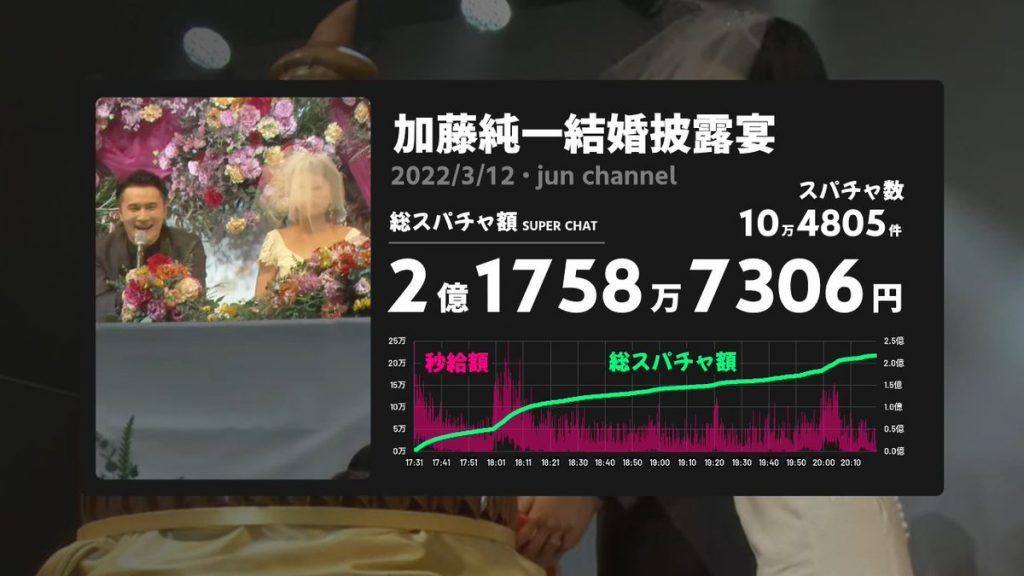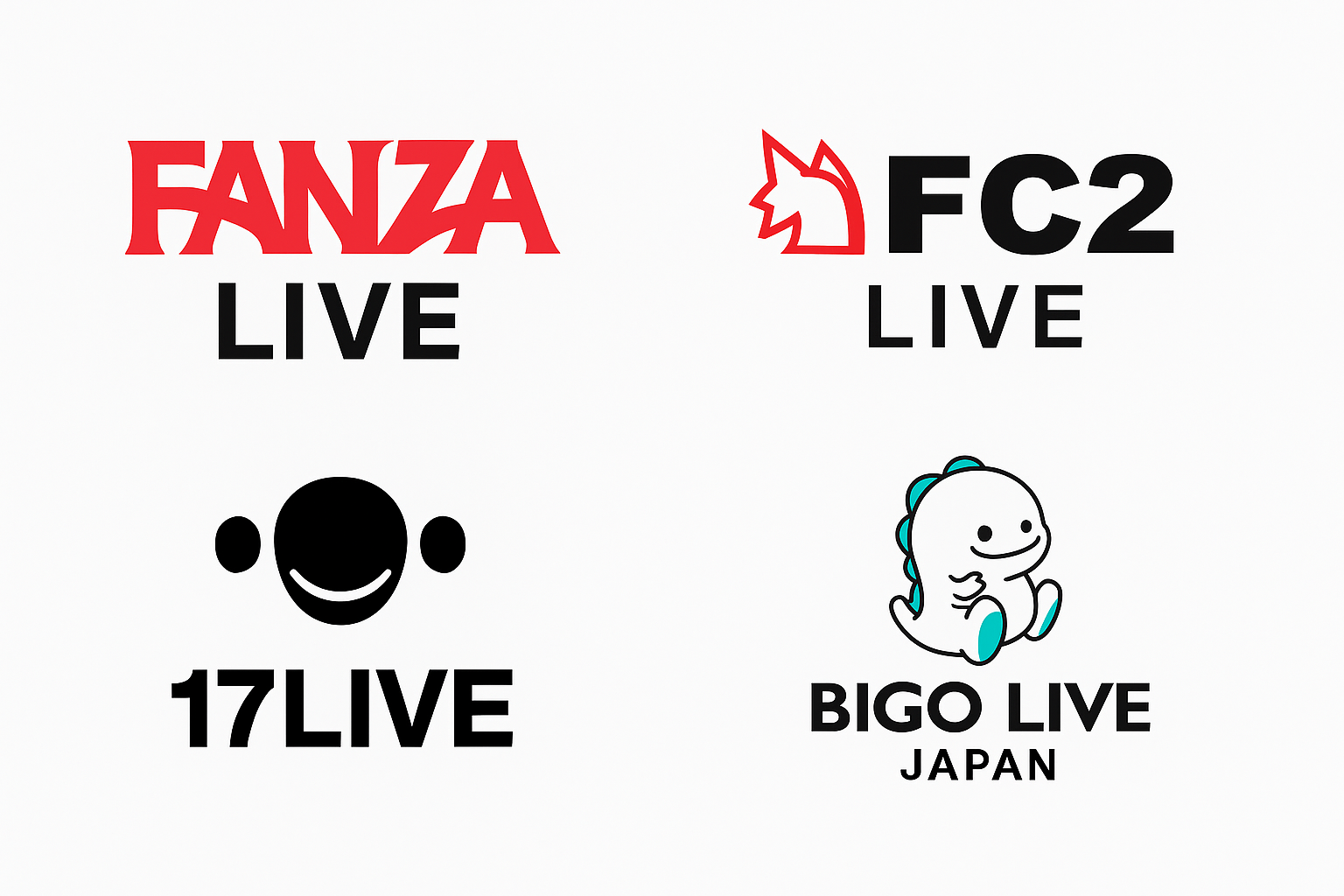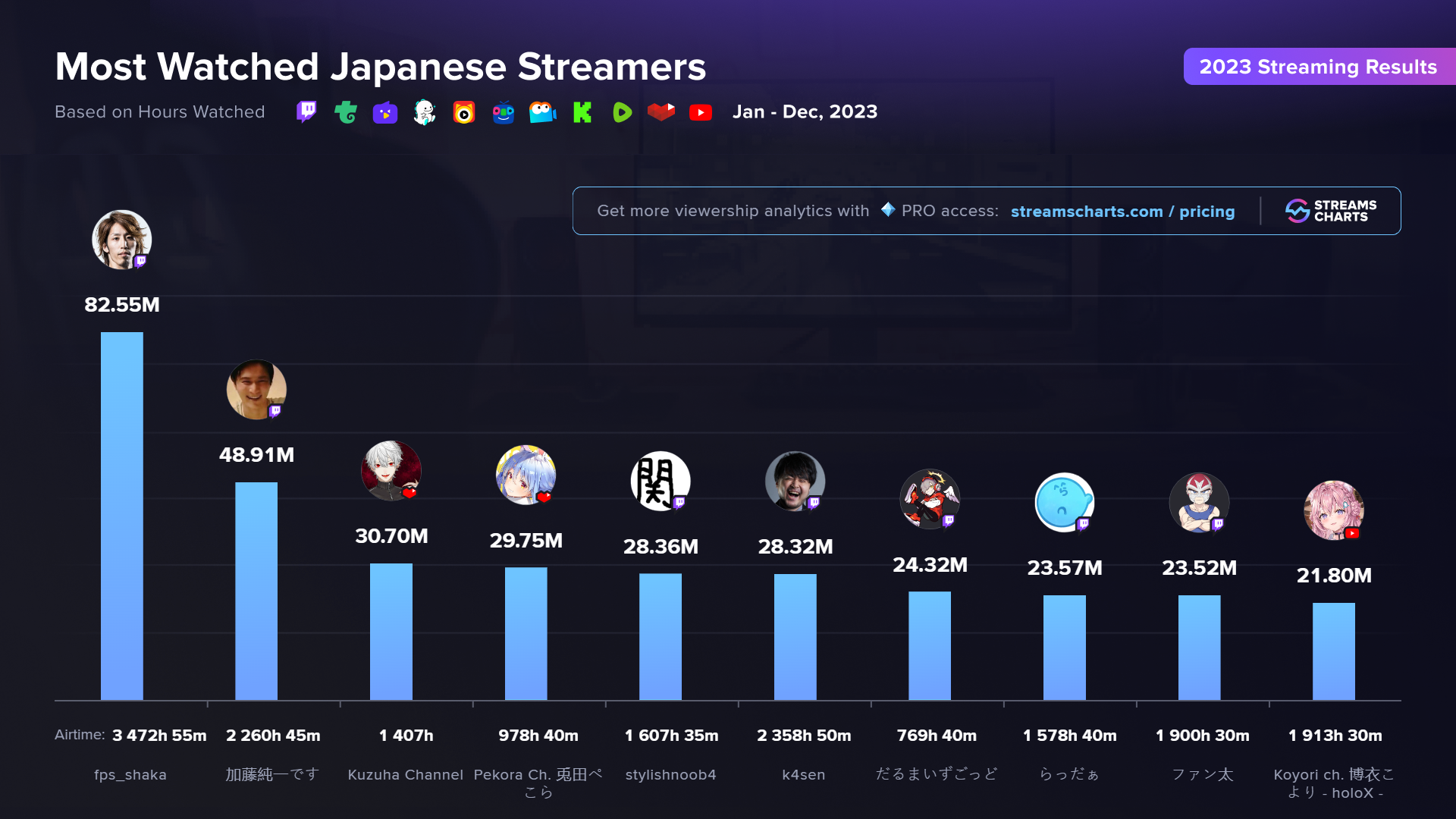AV streaming in Japan: a new form of popularity and career
Introduction: intimacy on live broadcast
In recent years, Japan has become a center not only for traditional AV, but also for “JAV streaming” — a hybrid format between online broadcasting and the adult industry.This trend combines personal communication, performance, and monetization through digital platforms.AV streaming has become a new type of career and a symbol of how popularity in Japan is no longer exclusively public — it is now becoming personal and interactive.
Why AV streaming has become mainstream

Unlike its Western counterparts, Japanese streaming culture is based on emotional intimacy rather than candor.Users are looking not just for content, but for a sense of presence and connection — whether it's conversation, ASMR, dancing, or “night chats.”
The main reasons for growth:
- Digital anonymity. Viewers feel safe and able to communicate without judgment.
- Flexibility of formats. Streamers can choose their level of openness and control their personal brand.
- Economic independence. Many young women and men see AV streaming as a way to earn money without intermediaries.
- The pandemic has only accelerated the trend: between 2020 and 2023, the intimate streaming market grew by almost 60%, according to Japanese research agencies.
A career in AV streaming: from nickname to brand

Modern AV streamers are not nameless models, but independent entrepreneurs building their personal brands.Most work on platforms such as FANZA Live, FC2 Live, JAVSiri or 17LIVE Adult, where monetization comes through donations and subscriptions.
A typical career path looks like this:
- The beginning. Anonymous broadcasts, often with a mask or effects.
- Growth in popularity. Formation of a loyal community, personal chats.
- Collaborations. Joint broadcasts, participation in offline events or AV projects.
- Professionalization. Working with a manager, transitioning to a production contract, or starting your own studio.
Interestingly, about 30-40% of streamers view JAV as a natural progression — not as a “fall,” but as a step toward expanding their career and income.
Who is already famous, and who is just starting out
Some names have become symbols of this movement. Yua Mikami, a former idol and JAV star, actively uses streaming formats to communicate with fans. Shoko Takahashi and Ai Uehara have also started live streaming, turning streaming into an extension of their public personas.
At the same time, new faces are appearing on the market — girls and guys who come not from the industry, but from ordinary professions. They are attracted by the control over their image and the opportunity to remain independent from studios.
Why stars are moving from streaming to the AV industry
Many popular streamers sooner or later make the move to the professional JAV industry.The reasons are not only financial, but also image-related:
- Media convergence. Streamers already have a fan base, so AV companies see them as a ready-made marketing asset.
Reputation control. Modern stars decide for themselves how to position their content—without intermediaries.
- The blurring of taboos. The younger generation of Japanese people perceive participation in AV as a form of self-expression rather than a stigma.
- This is how a new model of popularity is forming, where the boundaries between “online star” and “actress” are disappearing.
Platforms and the attention economy

The Japanese AV streaming market is highly segmented:
- FANZA Live (formerly DMM Live Chat) is the largest platform with a rating system and personal shows.
- FC2 Live is focused on independent creators.
- 17LIVE and Bigo Live Japan are mixed platforms with “adult rooms.”
Monetization is based on the “attention economy” — the higher the engagement, the higher the income.A popular streamer can earn between ¥500,000 and ¥2 million per month (≈$3,000–$13,000).
Popularity as a new currency of identity
JAV streaming shows that popularity in Japan is not just visibility, but a form of identity and self-expression.It combines intimacy, artistry, and technology, turning digital communication into personal theater.
For many, it is a path to independence — financial, emotional, and social.And perhaps that is why Japanese streaming culture is so different: it is not about openness, but about connection — about how a person remains themselves in a world where everything is watched live.
